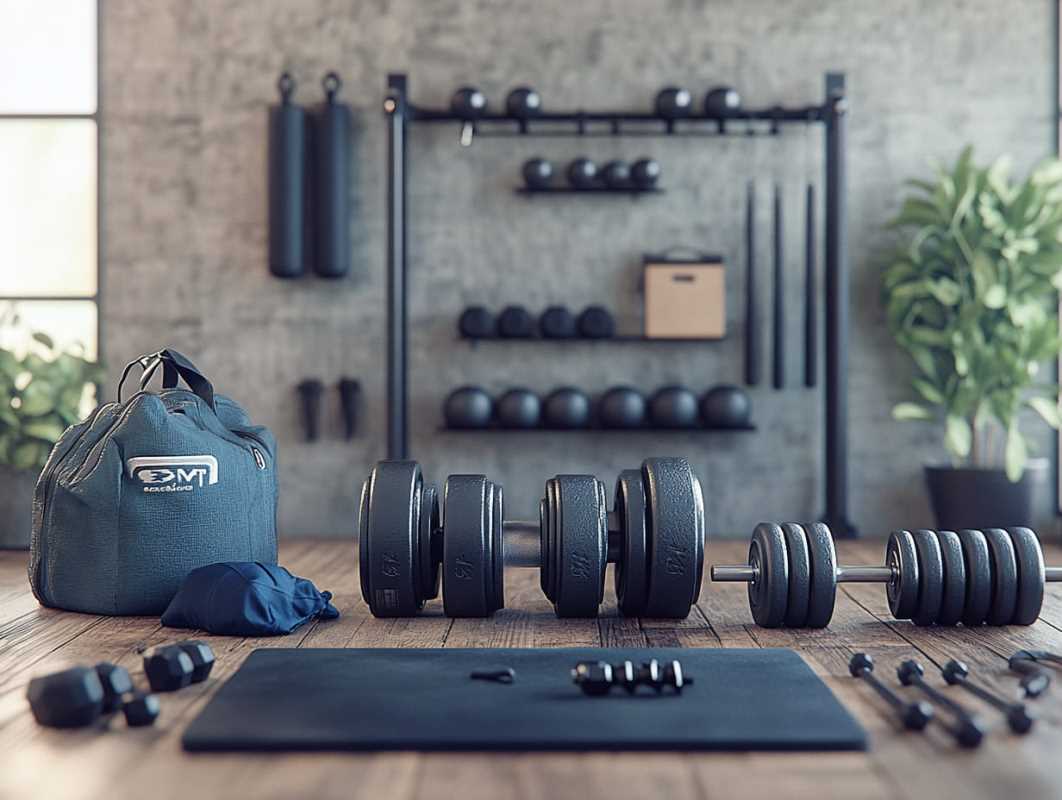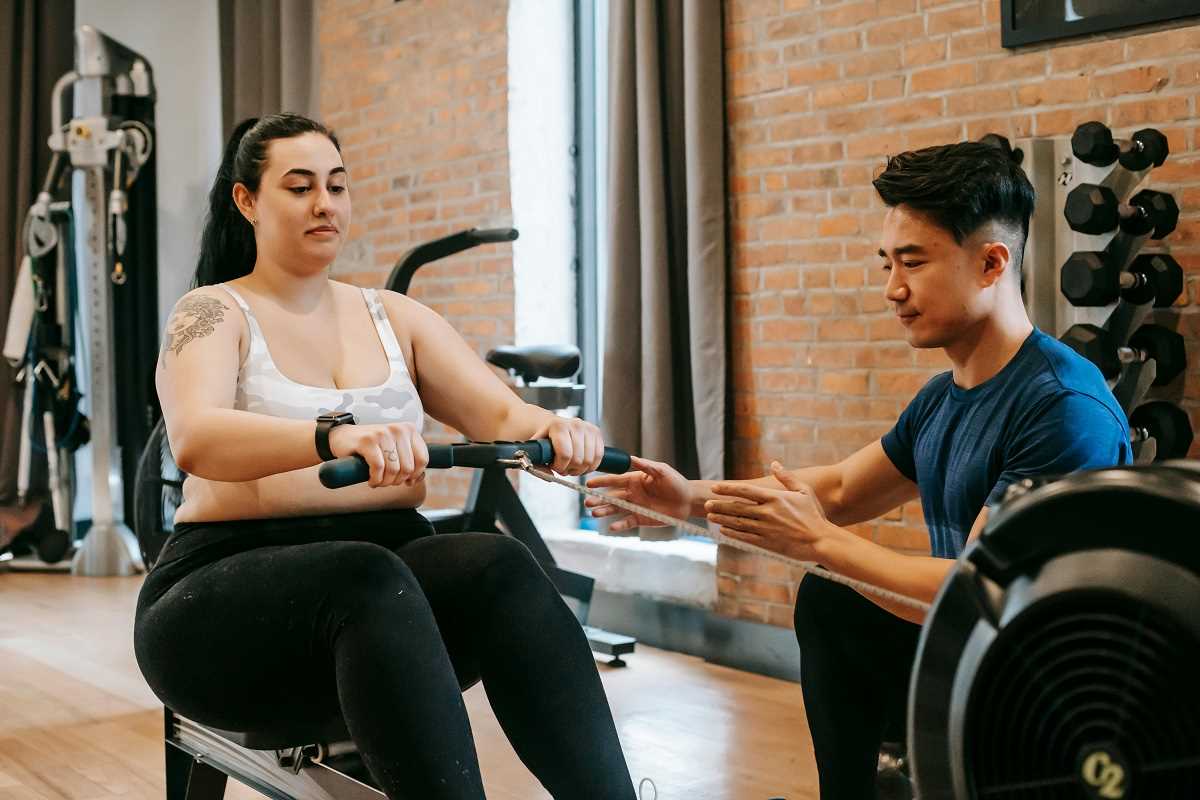High-intensity interval training, or HIIT, seems to be on everyone’s lips when it comes to fitness these days. It’s flashy, efficient, and serves up the kind of dramatic results that make before-and-after photos go viral. For busy students juggling classes, part-time jobs, and what’s left of their social lives, HIIT is tempting. After all, what’s not to love about squeezing a killer workout into just 20 or 30 minutes?
But like the old saying goes, “With great power comes great responsibility.” The truth is, HIIT isn’t just another fitness trend; it’s a serious workout that demands smart planning and thoughtful execution. Overdoing it can lead to burnout, fatigue, or even injuries—not exactly what you need when you’ve got exams to study for. The good news? With the right approach, you can master HIIT, get your sweat on, and still keep your body feeling strong and balanced.
Here’s how to make HIIT your secret weapon without going overboard.
What Exactly Is HIIT?
Before we jump into the how-to’s, it’s worth taking a second to understand what makes HIIT so unique. At its core, HIIT alternates between short bursts of intense exercise and brief periods of active recovery. Picture this: 40 seconds of sprinting like you’re being chased by a zombie, followed by 20 seconds of slow jogging or walking to catch your breath. Repeat this cycle for 20 minutes, and you’ve got a classic HIIT workout.
Why is it worth the hype? That intensity cranks up your heart rate, engages multiple muscle groups, and leaves your metabolism fired up long after your workout ends. This phenomenon is called EPOC (excess post-exercise oxygen consumption), or the "afterburn" effect. Simply put, your body keeps burning calories even when you’re binging Netflix later.
The Trouble With Overdoing It
HIIT might sound like a no-brainer, but it’s easy to fall into the trap of doing too much, too quickly. College life is already a delicate balancing act, and throwing an unforgiving workout routine into the mix can tip you over the edge.
Some common mistakes? Trying to fit multiple HIIT sessions into your week without enough rest, skipping warm-ups, or choosing exercises that aren’t right for your fitness level. The result? You could be looking at muscle fatigue, stress injuries like shin splints, or just plain exhaustion that makes it tough to drag yourself out of bed.
One myth you absolutely should ignore is that “more is better.” HIIT works because it’s intense and short, not because you cram five sessions into your week. The goal is quality over quantity.
Warming Up Is Non-Negotiable
Skipping a warm-up might save you five minutes, but you’ll pay the price later. Think of your muscles like a rubber band. If you stretch a cold rubber band too hard, it might snap. Warming up gets your blood moving to your muscles, reduces stiffness, and preps your body for that all-out intensity.
A solid warm-up for HIIT doesn’t have to be complicated. Start with 5-10 minutes of light cardio like jogging, jumping jacks, or brisk walking to wake up your heart rate. Then, transition to dynamic stretches like high knees, arm circles, and lunges with a twist. What you’re doing here is priming your muscles, joints, and even your nervous system for action. Trust us, your body will thank you.
Choose Exercises That Match Your Level
HIIT gets a bad rep for being hardcore, but that’s only true if you’re jumping into exercises that your body isn’t ready for. The beauty of HIIT is that it’s adaptable to your fitness level.
For beginners, start with low-impact exercises like bodyweight squats, marching in place, or modified push-ups. Once your form is solid and your strength improves, you can level up to mountain climbers, burpees, and jump squats. If you’re an athlete looking for a challenge, you can even add weights or resistance bands to take things up a notch.
Remember, intensity doesn’t mean chaos. Exercising with good form is key to avoiding injuries. Focus on quality over speed, especially in the beginning.
Rest Isn’t Lazy, It’s Smart
Here’s the deal nobody tells you when you first hear about HIIT on Instagram: resting is part of the workout. Those recovery periods between sets? They’re not “time wasted”; they’re essential.
When you push your body to its limit, your muscles need those rests to recover and prepare for the next burst of intensity. If you skip them or shorten them too much, you’re more likely to burn out halfway through and lose effectiveness.
The same goes for your weekly schedule. If you’re working out hard Monday through Sunday without any rest days, you’re taking a fast train to fatigue-town. Aim for 1-3 HIIT sessions per week, and mix in lighter activities like yoga, walking, or swimming on your off days. Balance is what keeps your body performing at its best.
Mix It Up to Keep It Exciting
One great thing about HIIT is the sheer variety of exercises to choose from. But sticking to the same routine over and over can lead to boredom or even plateaus where you stop seeing progress. To avoid this, keep your workouts fresh with a mix of cardio and strength-focused exercises.
For cardio-based HIIT, try sprints, jumping jacks, or cycling. For strength-based routines, focus on moves like push-ups, kettlebell swings, and weighted lunges. You could even theme your workouts—for example, one week could be all about legs, while another targets full-body exercises.
Switching things up not only keeps you motivated but also ensures you’re working different muscle groups, reducing the risk of overuse injuries.
Tune Into Your Body’s Signals
It’s easy to get competitive with yourself, thinking you can always push just a little harder or go just a little faster. But ignoring your body’s signals is a recipe for disaster. Respect how you feel during and after your workouts.
Signs like dizziness, sharp pain, or prolonged soreness are your body’s way of saying, “Hey, lighten up!” It’s one thing to feel tired and sweaty after HIIT—that’s totally normal. But if you notice any of these red flags, it’s time to scale back, rest up, or talk to a fitness professional.
Also, don’t underestimate the power of hydration and nutrition. Fueling your body with the right post-workout snacks (think protein + carbs, like a smoothie or a peanut butter banana sandwich) helps with recovery and keeps you coming back stronger.
HIIT Is a Marathon, Not a Sprint
Ironically, HIIT isn’t about going all-out all the time. It’s about working smarter, not harder, building a routine that fits seamlessly into your life as a student. When done right, it’s insanely efficient, effective, and fun. You'll reap all the benefits of a high-intensity workout without feeling like you're about to collapse mid-class.
Here’s the TL;DR for mastering HIIT without risking burnout:
- Warm up properly to prevent injuries.
- Start with exercises and intensity levels that match your current fitness abilities.
- Rest between intervals and throughout the week.
- Mix up your workouts to stay both challenged and entertained.
- Listen to your body and heed the warning signs of overtraining.
If you keep these tips in mind and approach HIIT with balance and respect, you’ll crush your fitness goals without compromising your health. Now, lace up your sneakers, grab a water bottle, and show that workout who's boss!
 (Image source: Midjourney)
(Image source: Midjourney) 





